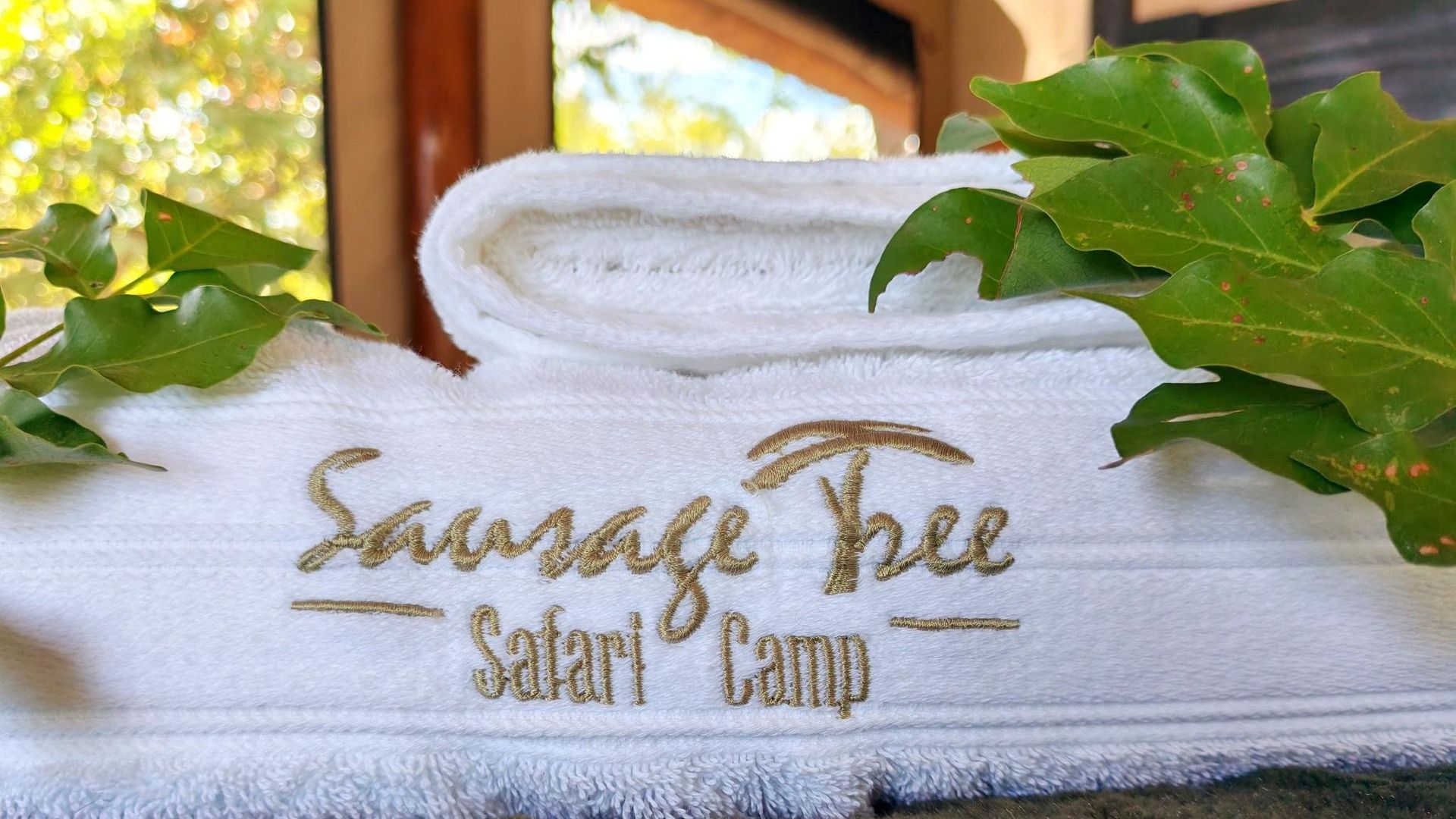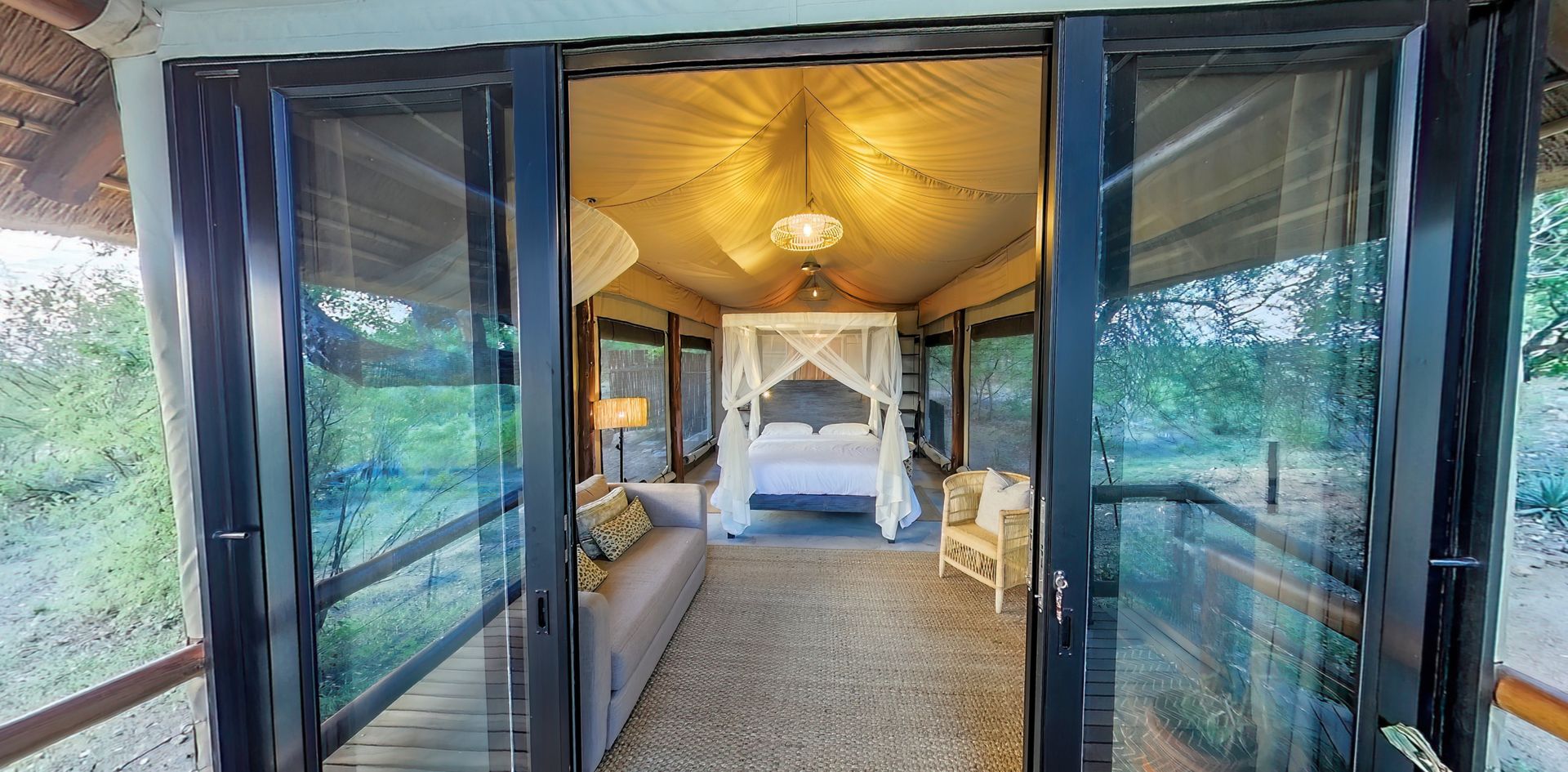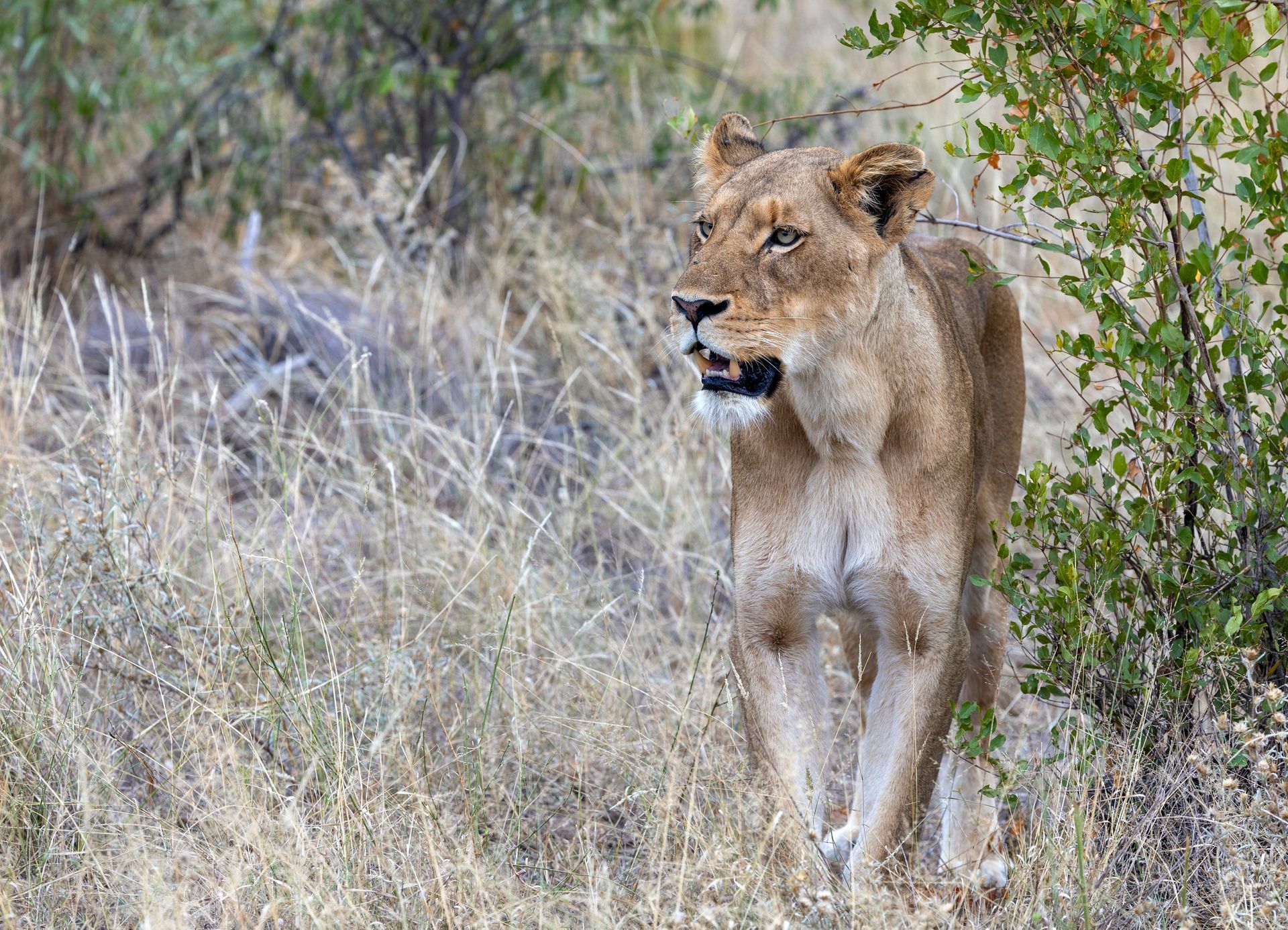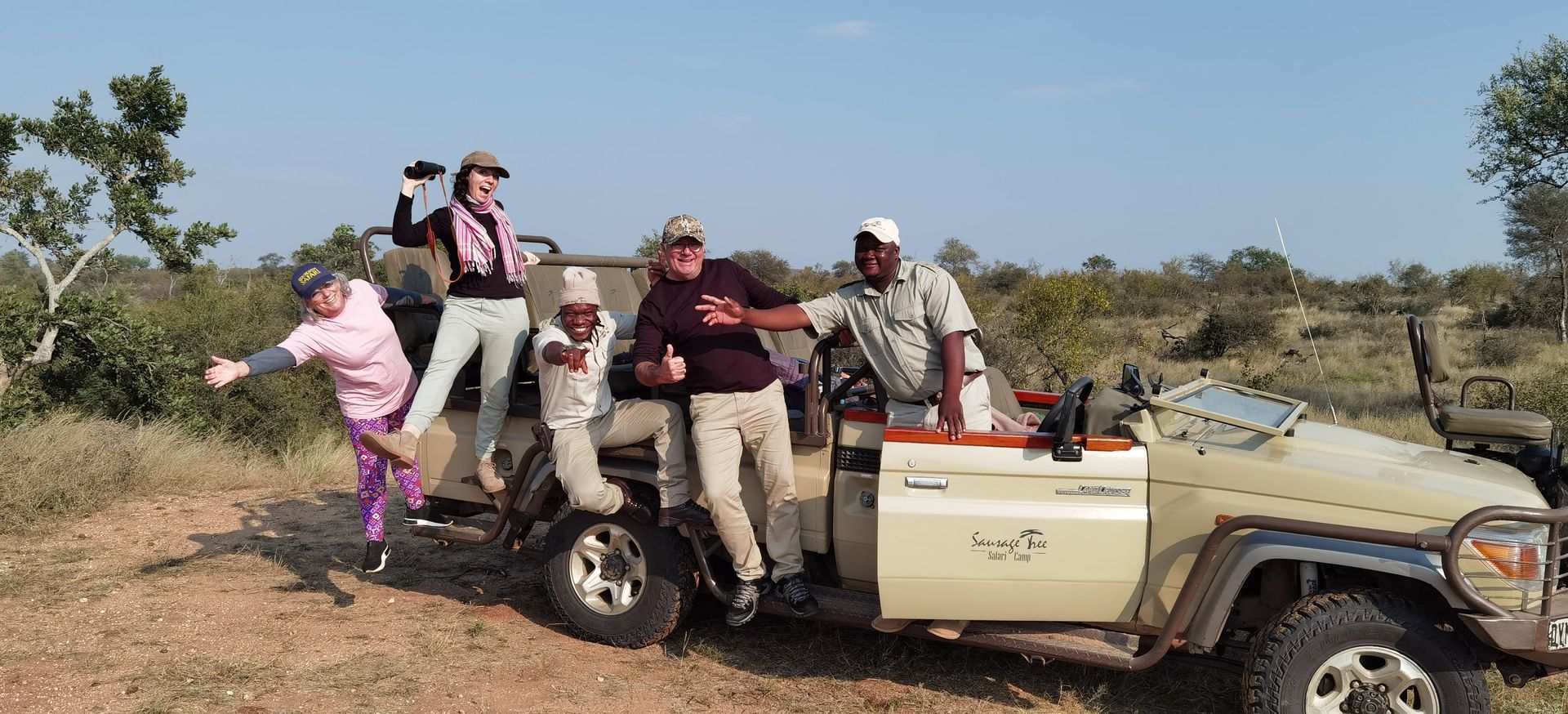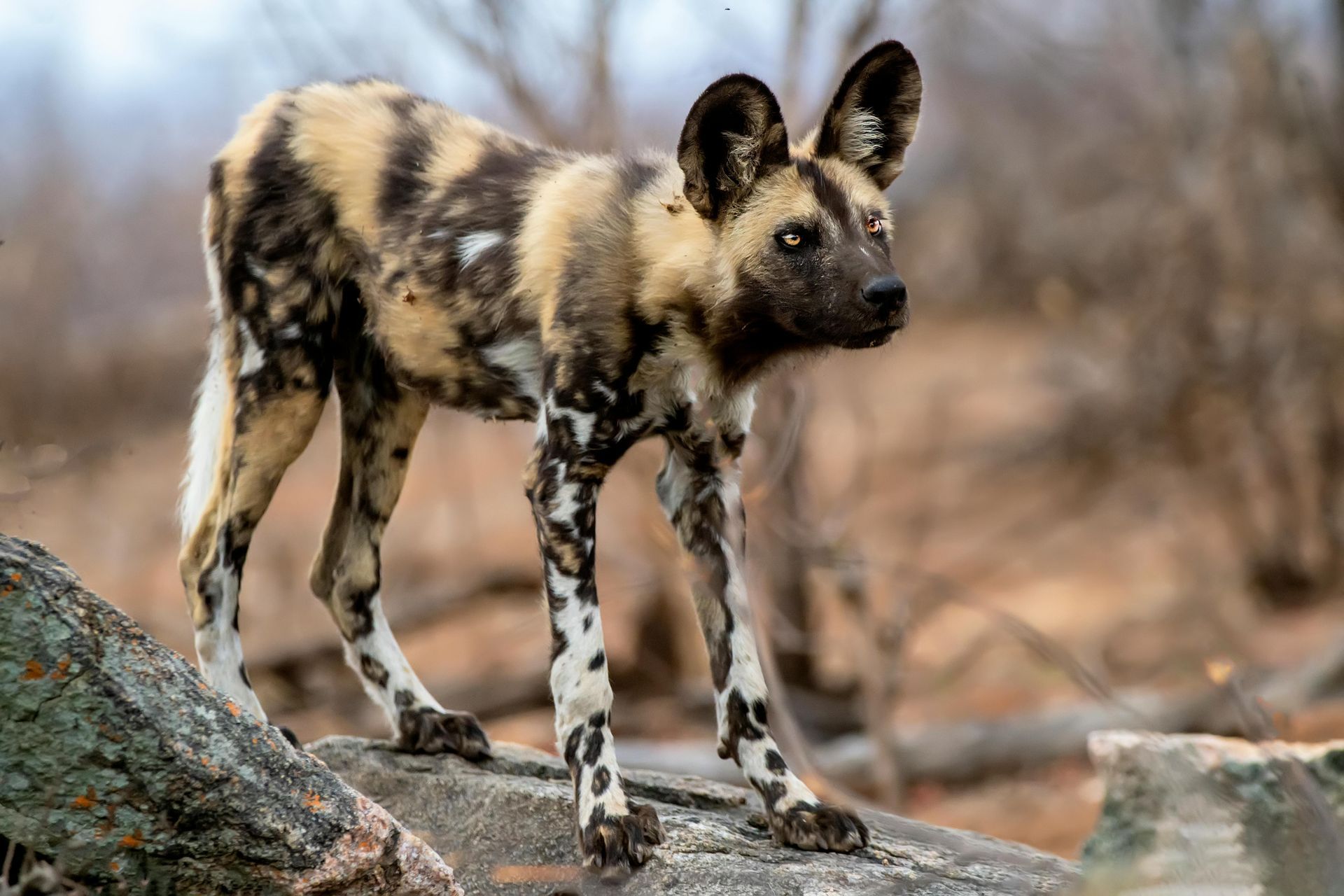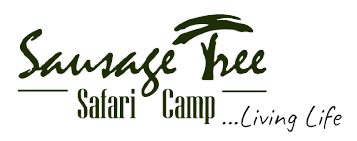NEWS BLOG
From wildlife insights to travel tips, our blog covers a wide range of topics that resonate with your safari adventure. Immerse yourself in captivating narratives that deepen your understanding of the wild and enrich your journey. Our blog is your source of valuable resources and engaging stories.
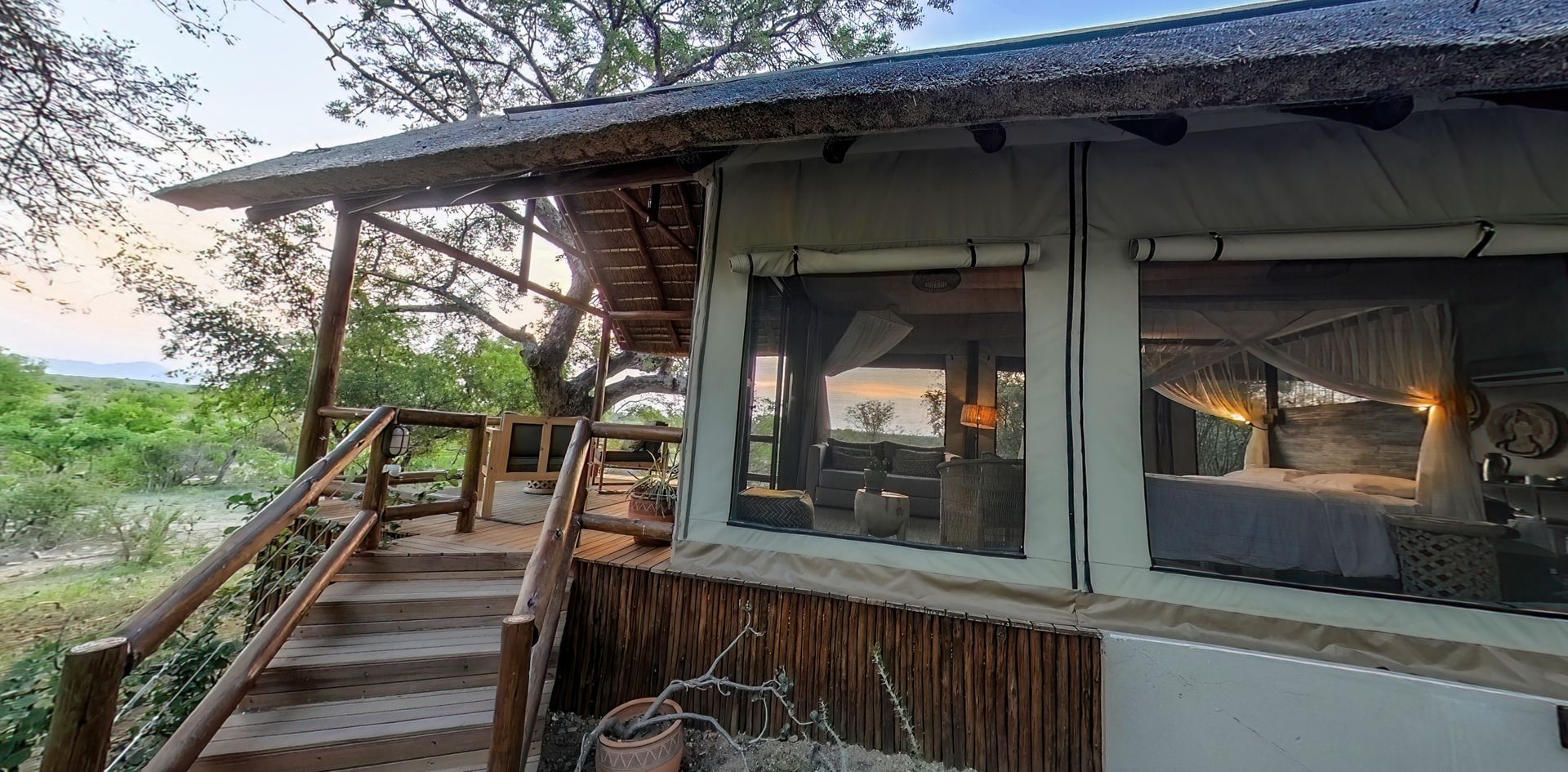
Kruger Tented Safaris: Unforgettable Luxury & Immersive Bush Experiences Are you ready to embark on an unforgettable adventure in the heart of the African bush? Discover luxury tented safari packages in Kruger National Park and experience the ultimate immersion in nature, combined with the comforts of luxury accommodations. Overview of Tented Safari Packages in Kruger National Park Sausage Tree Safari Camp offers a variety of tented safari packages, catering to different preferences and durations. Whether you're seeking a 3-day adventurer getaway, a 4-day exploration, or a nature discovery and luxury tented safari, there's an option to suit every adventurer. 3 Day Adventurer Getaway Embark on a thrilling 3-day adventure that includes an immersive itinerary, travel details, and exhilarating game drives. Get ready to witness the wonders of the African wilderness up close. 4 Day Explore Kruger For those seeking an extended exploration, the 4-day safari offers unique wildlife encounters and an in-depth experience of the diverse landscapes within the greater Kruger National Park. 3 Day Nature Discovery & Luxury Tented Safari Indulge in a mix of comfortable luxury and nature immersion with a 3-day safari that promises a truly unforgettable experience. Day-by-Day Itinerary and Safari Highlights Each day of your safari promises new adventures, from game drives to experiential moments within the park. Immerse yourself in the beauty of the African bush and witness the incredible wildlife that calls Kruger National Park home. What’s Included & Not Included Our tented safari packages come with a range of amenities and services to ensure a comfortable and memorable experience. From luxury accommodations to guided game drives, we have everything covered to make your safari unforgettable. Exclusive Tented Camp Experiences Explore the unique features of our exclusive tented camp by booking the whole camp, with only 5 tented suites we can offer an unrivalled safari experience exclusively for your group. Why Choose a Tented Safari? Discover the benefits of choosing a tented safari, from immersion in nature and luxury comforts to sustainable practices and flexible itineraries. Experience the African bush in a way that's both authentic and luxurious. Booking Your Kruger Tented Safari Ready to embark on your adventure? Our clear CTAs and detailed booking process will guide you through planning the perfect safari, ensuring a seamless and stress-free experience. Frequently Asked Questions Is Kruger the best safari? The greater Kruger National Park offers diverse wildlife, expansive landscapes, and a range of accommodation options, making it an excellent choice for a classic African safari experience. How many days safari Kruger? Ideal safari durations range from 3-4 days for first-timers, 5-7 days for a comprehensive experience, and 8+ days for deep immersion and dedicated wildlife tracking.

